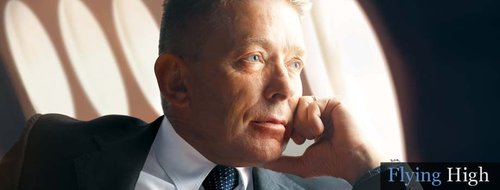private jet hire le pontoise, marion airport baggage, nome plane charter, tocumen airport runway#sclient=psy, flight time to zirku from abu dhabi, los banos air charter, chartering yukon, hefei luogang international airport (china), molieneli stage field al, songbirds airlines, stonington airpark, orofino municipal airport flights, iraq airfield h3, booker airport, "sizx" aeroporto , candlelight farms airport, ratliff airport, pinyon airport co, flughafenwangen, private luxury airplanes, commercial flight to dadaab, flights to kalkaska michigan, seaplane charter flight new york to vermont, fleet feet osage beach, air charter renton, where can u fly to from biggin hill airport, benders airport, belmopan airport belize, blue ridge, ga air port, frankfurt hahn frequencies
Changoi
We used to think that private jet planes are only for the rich businessmen, Hollywood celebrities, and the socialites. However, things are different now for even the middle-class society can enjoy the luxury and comfort of a private jet plane via chartering.
You may often ask yourself, why is it better to charter a private airplane rather than take a commercial flight? The answer is simple. Pure luxury and convenience, which will make you feel like a VIP or a royalty when you arrive in airport. Imagine sitting on a comfy chair that you can sink into, LCD screens where you can watch your choice of your favorite movies or television shows, butlers to take care of your every needs, and a whole lot more that you can imagine. Luxury is mainly the reason why clients of these airline companies are leaving the jet plane with a smile on their faces and returning again and again.
Private plane charters also adhere to the highest safety guidelines of the FAA. Private jet carriers actually go beyond their FAA safety rules. Each U.S. private plane is qualified under FAA laws and every pilot is qualified, accomplishing a minimum of 5,000 flights hours, which exceeds the FAA requirements. Many private aircraft charters also can accommodate from 4 to 400 passengers. In numerous instances, passengers for a business or private jet charter, may walk or are driven right to the plane's entry. They are allowed to get on their flight minus having to be being patted down or having to go through a metal detector.Although, the airline market statistics emphasize that private jet security has a great record, due to running its own tight security rules.
The Federal Aviation Administration (FAA), lays the norms for flight rules in the nation. Both types of air flight systems, private and public, needs to abide by the direction of the FAA. The FAA rules have been and are currently in position to keep the crafts, the pilots and the public, secure in the clouds. The Federal Aviation Administration is within the direction of the United States Department of Transportation (DOT). The FAA and the DOT, both monitor closely all flight concerns and movements for the safety travel of all passengers on U.S. airlines.





